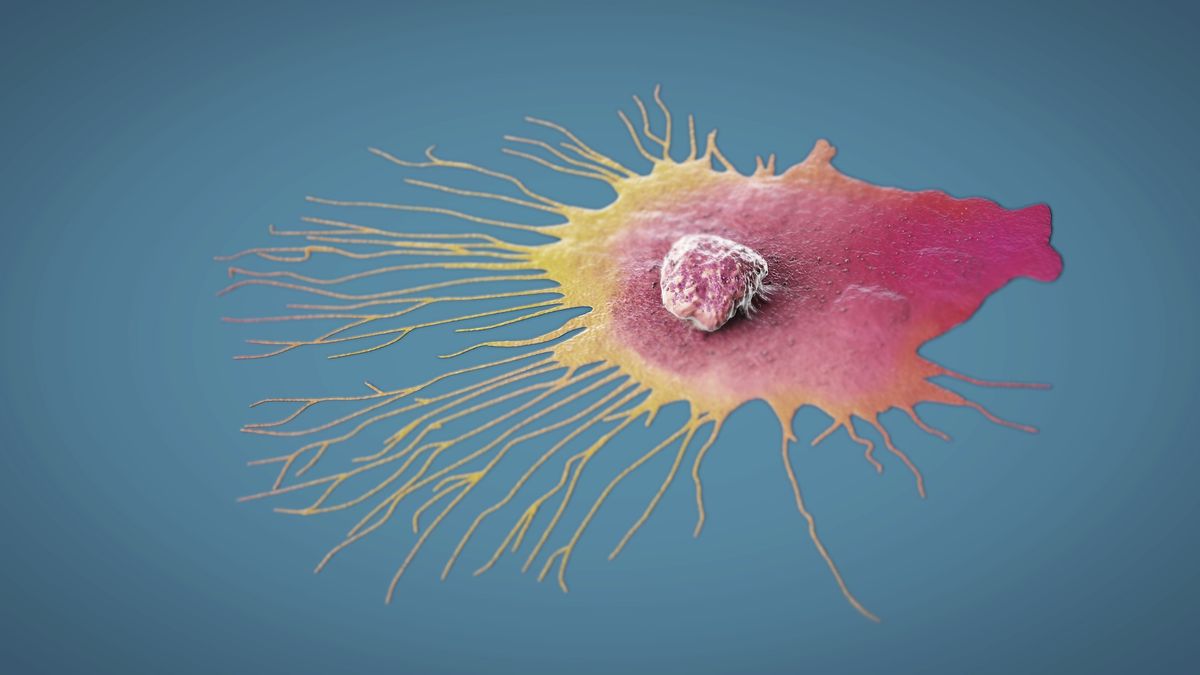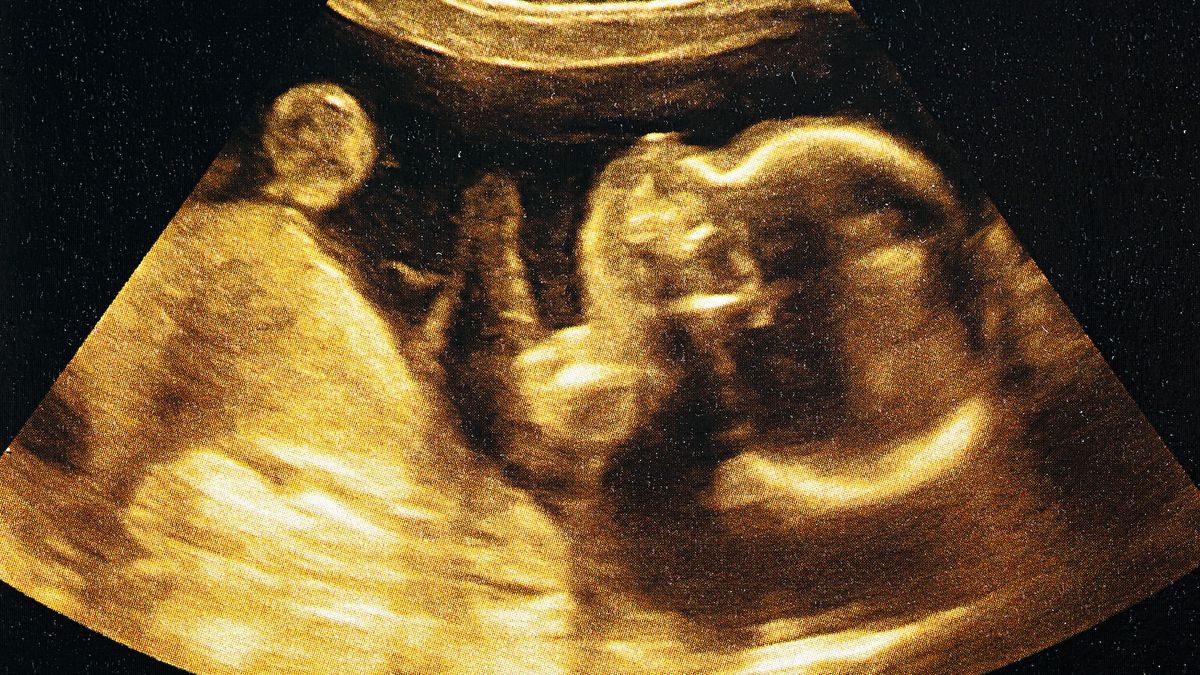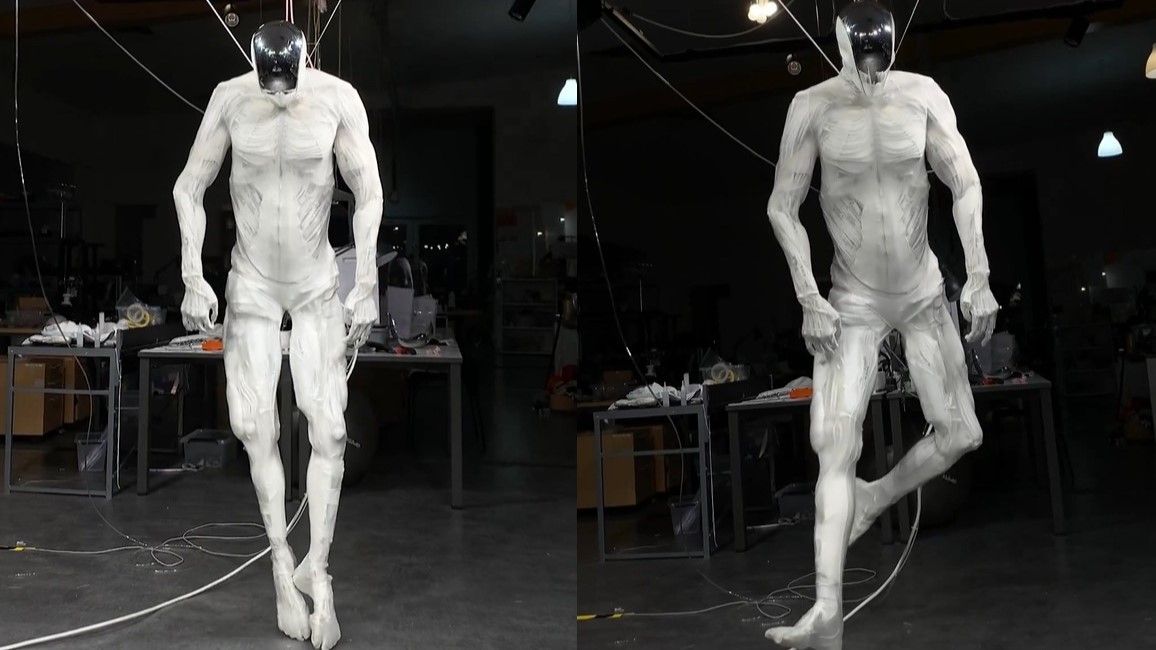The United States officially launched its “war on cancer” by signing the National Cancer Act of 1971. Broadly, the intention was to spur research into the biology of cancer to better treat — and potentially cure — the disease. However, the nation has now been embroiled in this “war” for over 50 years, and we are nowhere closer to victory, argues Nafis Hasan, a cancer scientist and associate faculty member at the Brooklyn Institute for Social Research.
In a new book called Metastasis: The Rise of the Cancer-Industrial Complex and the Horizons of Care (Common Notions, 2025), Hasan writes that cancer research has hyperfocused on finding treatments for individuals at the expense of driving down cancer rates overall. For example, in the passage below, he describes how a fixation on “somatic mutation theory” — which states that mutations in specific genes are the primary drivers of cancer — ignores the dangers of environmental carcinogens and the benefits of public health efforts in curbing cancer incidence and mortality.
Related: The 10 deadliest cancers, and why there’s no cure
The idea that cancer may be a hereditary disease can be traced back to the early twentieth century. Around 1900, the biologists Theodor Boveri and Walter Sutton rediscovered Gregor Mendel’s laws of biological inheritance and proposed that chromosomes were responsible for inheriting biological traits. Boveri later proposed that a tumor cell arose when cell division went wrong and chromosomes were improperly distributed. In Boveri’s view, “the problem of tumors is a cell problem.” This was perhaps the first conceptualization of the “cancer cell,” a lone culprit that could wreak havoc in the body.
The first experimental proof that cancer was potentially heritable came from Harvard scientist Ernest E. Tyzzer, who showed that the selective breeding of cancerous mice resulted in a disproportionately high rate of tumor incidence across generations.
The idea of cancer as a genetic disease was also advanced by the eugenics movement, which performed cancer research to assure racial “purity” in the twenties and thirties. For example, the widely used Pap smear test for cervical cancer was first presented at the Third Race Betterment Conference of 1928. Nazi Germany’s research on smoking and lung cancer claimed that differential cancer rates between Jews and “Aryans” was due to blood (not workplace chemical exposures). The U.S. private sector also held exclusionary views, with DuPont refusing to hire workers with a family history of cancer, given the high rates of bladder cancer among dye workers. The scientist Carl Weller, following his discovery of retinoblastoma (a tumor of the eyes) in children, advocated that parents of children with retinoblastoma be sterilized. As late as 1956, Wilhelm Hueper, the first Director of the Environmental Cancer Section of the NCI [National Cancer Institute], suggested that Black workers would be most suitable to workplaces where exposures to carcinogenic chemicals were unavoidable given their alleged resistance to the carcinogenic action of coal tar, UV radiation, and petroleum derivatives.
Other scientists pushed back on these narratives of racial traits and cancer incidence. For instance, the notion that West Africans were racially predisposed to higher rates of liver cancer lost credibility when Japanese immigrants to the U.S. suffered the same type of cancer — the cause turned out to be aflatoxins [toxins produced by fungi that can end up on various crops] in their diets.
The discovery of DNA’s double helix structure in the fifties generated momentum for molecular biology, but the field did not concern itself with the cancer problem until the late seventies. Many molecular biologists were skeptical of government-sponsored research and worried they would lose their independence and be pushed to find cancer-causing viruses. Ironically, institutional support from the Special Virus Cancer Program (SVCP) later laid the foundations for the resurgence of a molecular theory of carcinogenesis.
This resurgence was driven by the SVCP director, Robert Huebner. Huebner was inspired by French studies showing that bacterial genes could remain in a repressed state and proposed the “oncogene theory” of carcinogenesis. In short, he believed there were cancer-causing genes that just needed to be identified. He previously confirmed that certain viruses gave rise to tumors in hamsters but wanted to dive deeper into how this happened. He suspected that viral genes were responsible for initiating tumors in the hamsters and, as the manager of SVCP’s annual $10 million budget, he had the resources and authority to pour money into molecular cancer research.
In the early seventies, Huebner awarded millions of dollars to both private contractors and public institutions to study the molecular actions of viruses suspected of causing cancers in humans. However, by 1974, the White House’s proposed budget for the NIH [National Institutes of Health] included three times as much funding for private contractors as for traditional research grants. The use of contract work was so extensive that by 1976, SVCP project officers worked in private contractor buildings (e.g., at Meloy Laboratories, Microbiological Associates, and Flow Laboratories). Huebner’s largesse towards private contractors became a focal point of attack by molecular biologists suffering from financial precarity.
James Watson (of Watson and Crick fame) established a virus cancer laboratory in 1968 and was appointed to the National Cancer Advisory Board in 1972, despite his objections to the War on Cancer. Molecular biologists like Watson posed an “anti-communist critique” of the War on Cancer by contending that government meddling in their disciplines stifled their freedom. Watson wanted to make molecular biology a major recipient of NIH and NCI funding, but without the government directing the research. He advocated for his friend, Norton Zinder, to lead a committee to investigate the work of the VCP in 1974. [The Special Virus Cancer Program (SVCP) was later called just the Virus Cancer Program (VCP).]
The subsequent Zinder Report was the nail in the coffin for the VCP, which was already under pressure from Congress for its inability to produce results about cancer-causing viruses or vaccines to fight them. While Watson and other molecular biologists decried the use of contracts and the VCP’s goals, they readily used VCP funds and infrastructure to continue their own research. In fact, VCP infrastructure supported oncogene theory all the way to its final iteration, the somatic mutation theory (SMT).
SMT postulates that cancer is caused by mutations that either permanently activate or repress genes. The first validation came in 1976 with the discovery of gene src in normal human cells. Continued VCP support allowed researchers at the University of California, San Francisco to grow, develop, and hone the technique of molecular hybridization, which would be instrumental in detecting the src gene in human cells. By the late seventies, molecular biologists and viral cancer researchers had cataloged several viral genes suspected of causing human cancers. However, absolute proof of human gene involvement in carcinogenesis was still missing.
It was not until 1982 that Robert Weinberg would find the missing link — using hybridization probes, he showed the presence of v-ras in a human bladder cancer tissue specimen. In 1983, SMT was further boosted by the discovery of proteins involved in carcinogenesis. All these discoveries and advancements — hybridization probes, viral gene catalogs, and purified proteins from viruses — were products of the VCP’s financial and material infrastructure.
SMT eventually surpassed viral carcinogenesis theory as the leading theory of carcinogenesis and gained social and institutional acceptance (e.g., the prestigious Lasker Awards went to oncogene researchers in 1982). Vincent DeVita, the Director of the NCI under Reagan, recommitted the Institute’s budget to genetic research and further cut the environmental carcinogen testing program. The discovery of oncogenes and related proteins also opened a new arena for cancer therapies and fueled pharmaceutical industry interest in collaborations with universities.
Most scientific retellings of this history suggest that the shift from environmental carcinogens to viruses and, ultimately, to individuals’ genes happened in the vacuum of universal knowledge creation. Nevertheless, a confluence of neoliberalism, libertarian ideology, and government policy cemented the idea that genes are responsible for cancer.
Somewhat problematically, experimental evidence indisputably determined that genetic fragments found in cancerous cells are also found in normal cells. However, the explanation for this fact was constructed by social and political forces. As early as 1975, the American Business Cancer Research Foundation, funded largely by the chemical industry, tried to shift the focus away from prevention and towards identifying the “underlying mechanism.” The Reagan administration was more than happy to advance these efforts.
Molecular biologists, who once decried the VCP’s use of contracts, were more than happy to participate in private-public collaborations that directed money to their labs. Some had even publicly cautioned against environmental regulations when the NCI, under the previous Carter administration, moved to increase funding for environmental carcinogenesis research.
SMT renewed the biomedical settlement — a commitment to treating diseases instead of preventing them. It also facilitated the real subsumption of academic research under capitalism and, consequently, an explosive growth of the cancer drug market and capital accumulation by the biotech and pharma industry.
However, this line of attack in the War on Cancer has had few meaningful outcomes for cancer patients. After more than four decades since the discovery of the first oncogene, Robert Weinberg candidly reflected on his discovery of ras: “The greatest decreases in cancer-associated mortality have come from reductions in disease incidence [prevention] rather than treatment, such as the therapies that some anticipated would flow directly from RAS research.”














